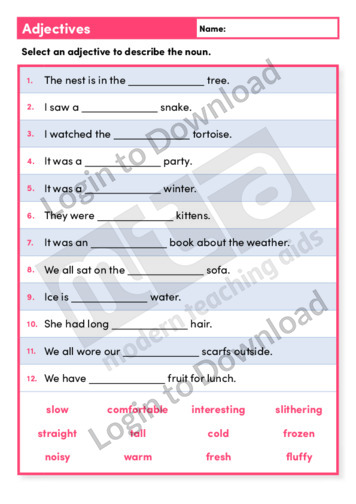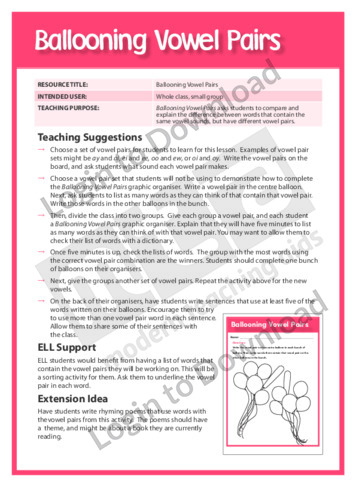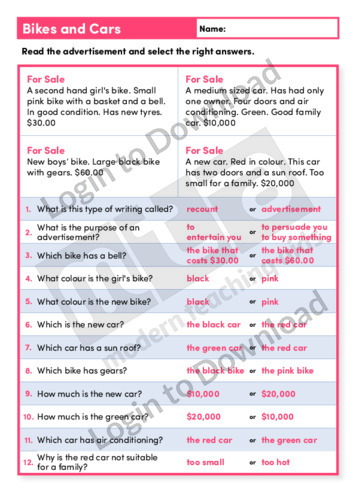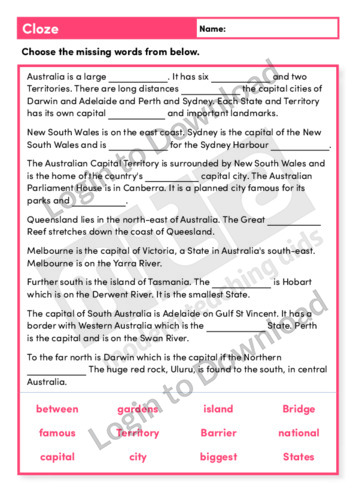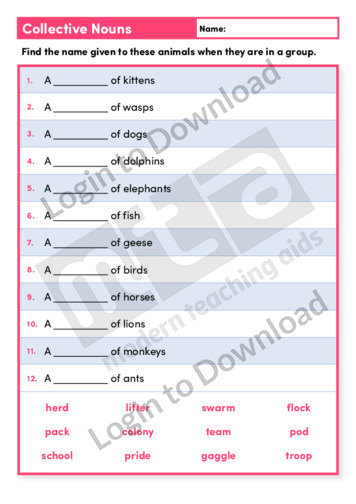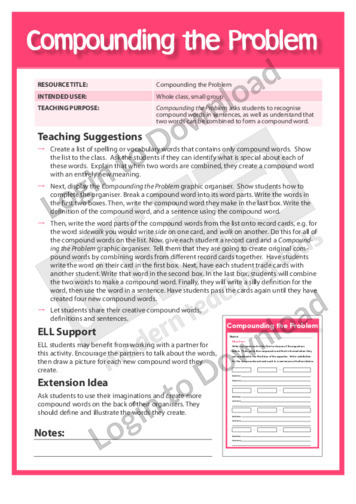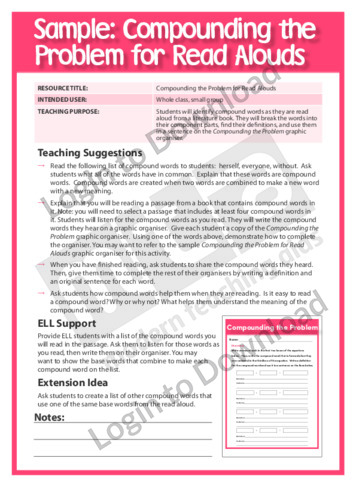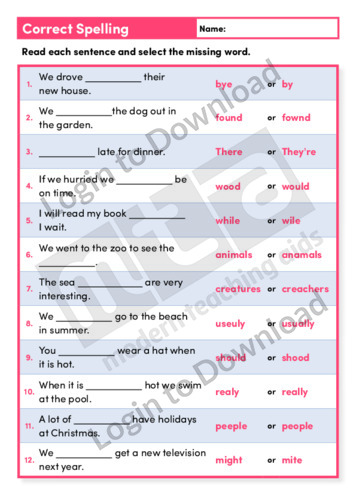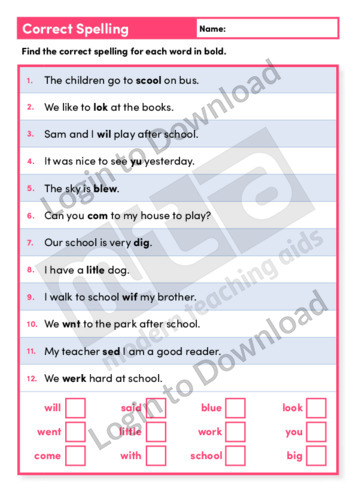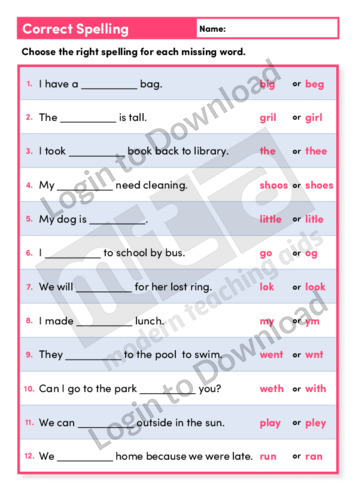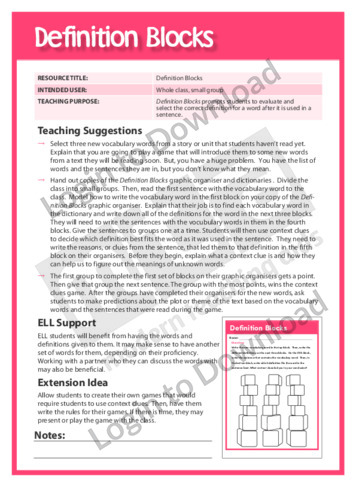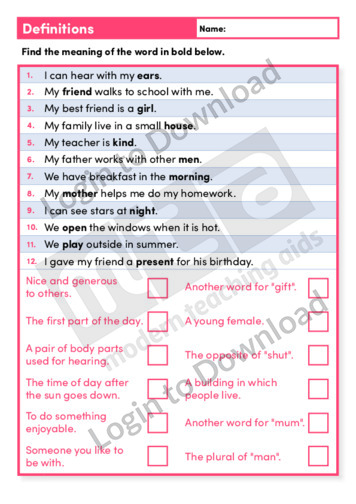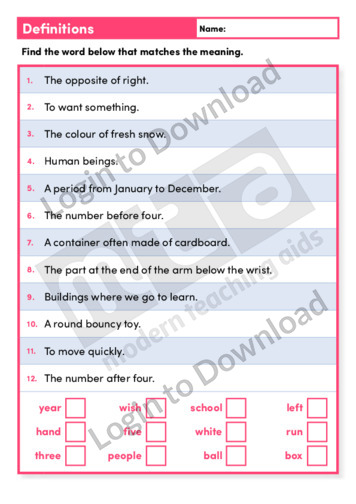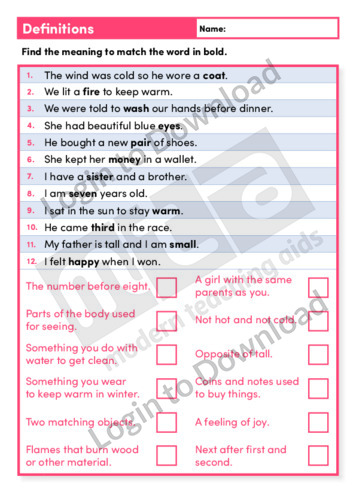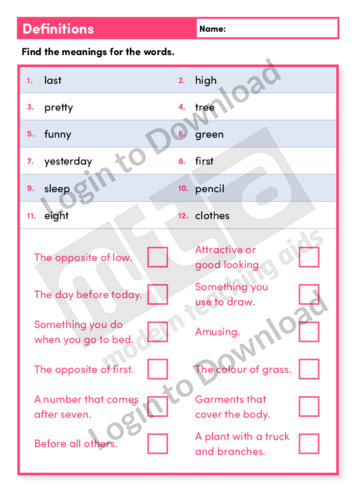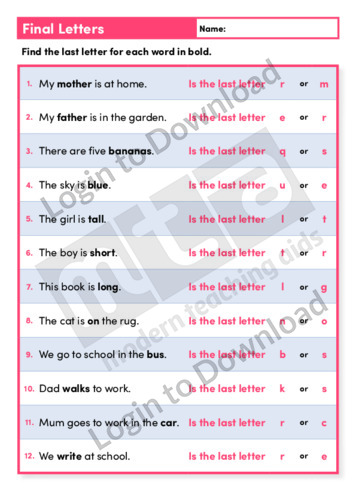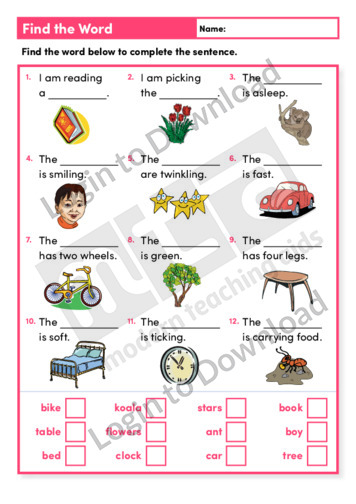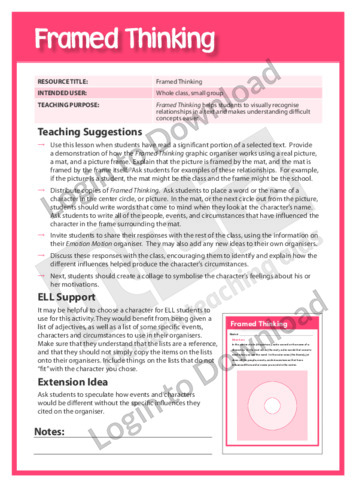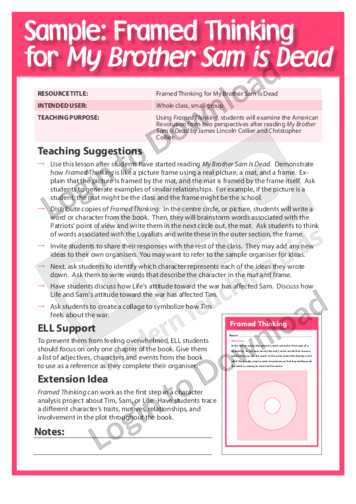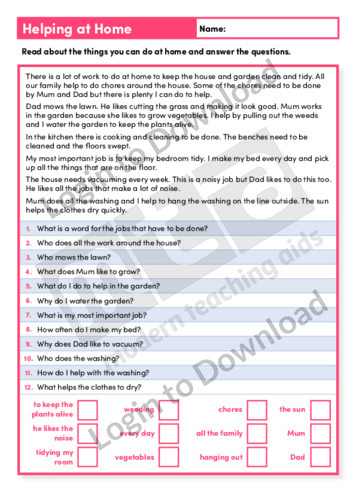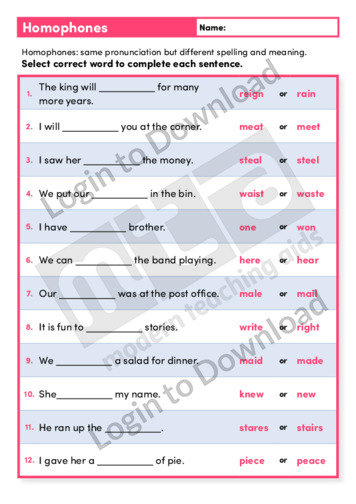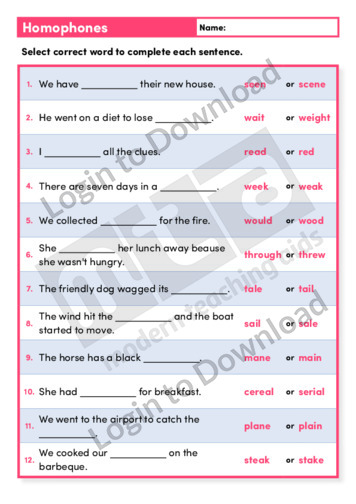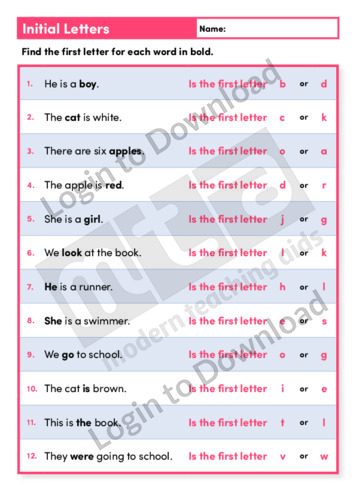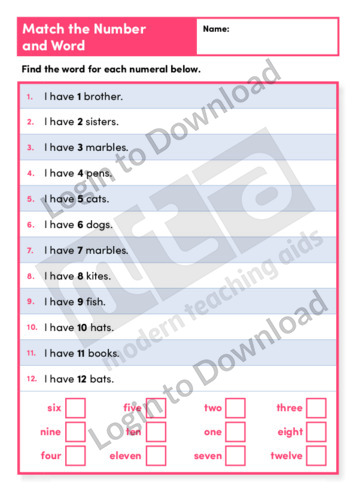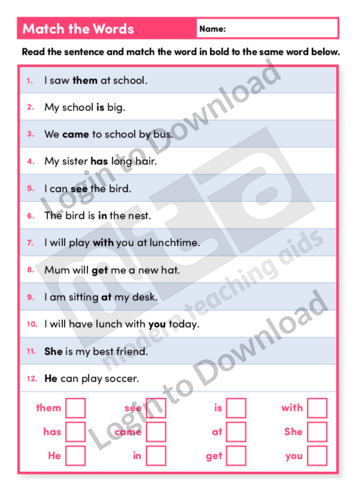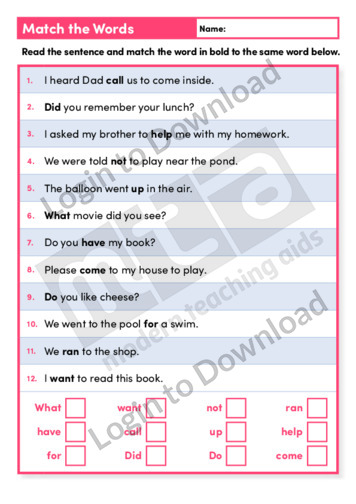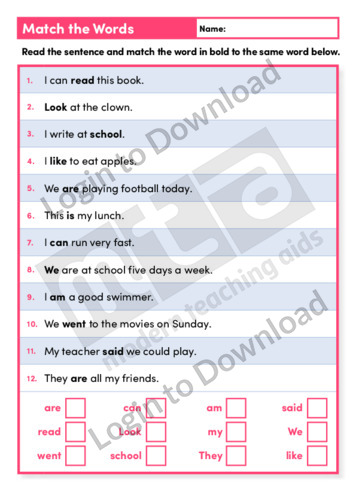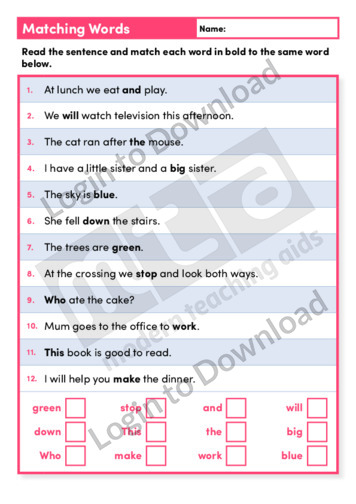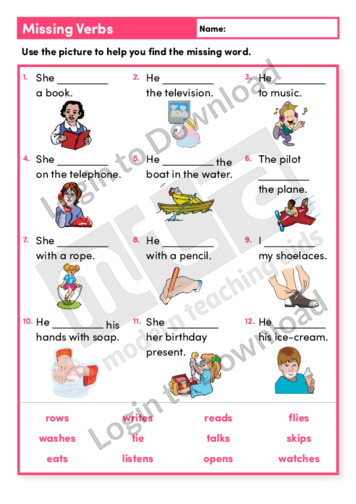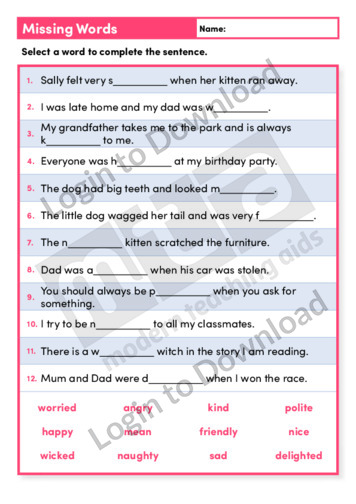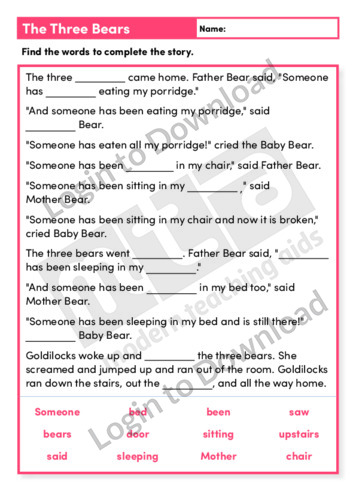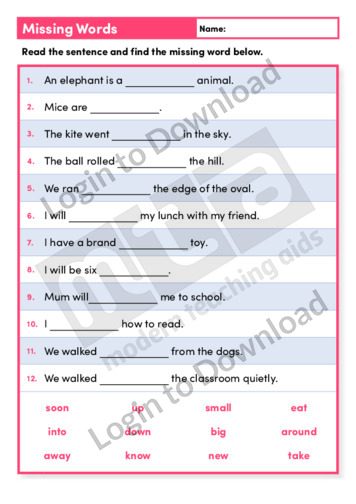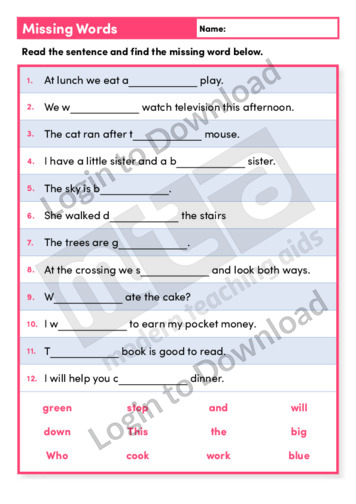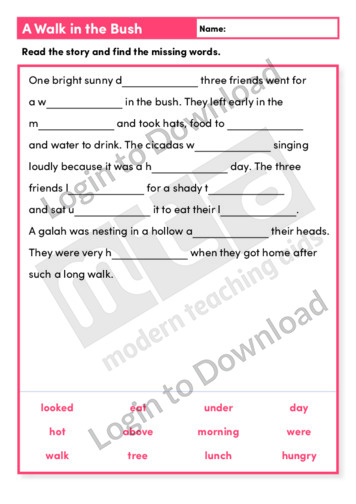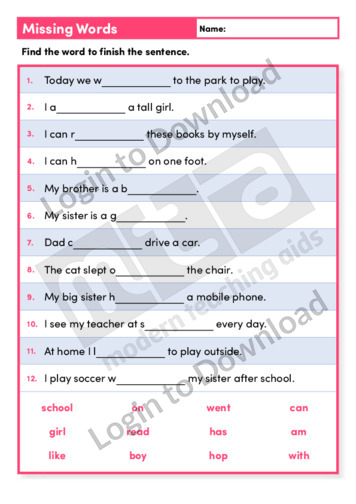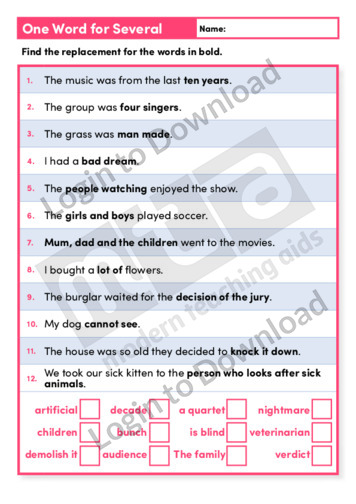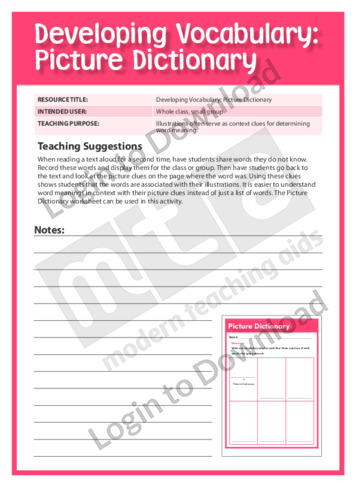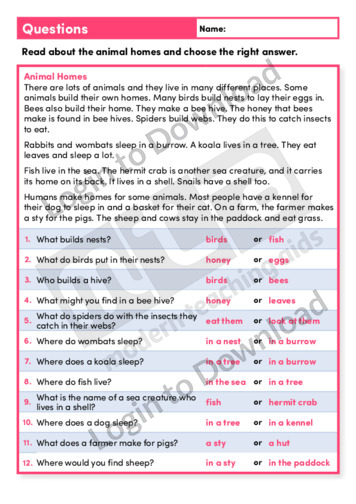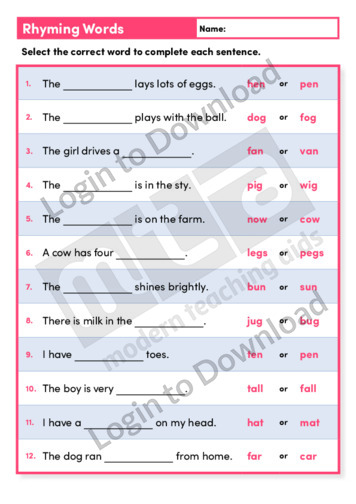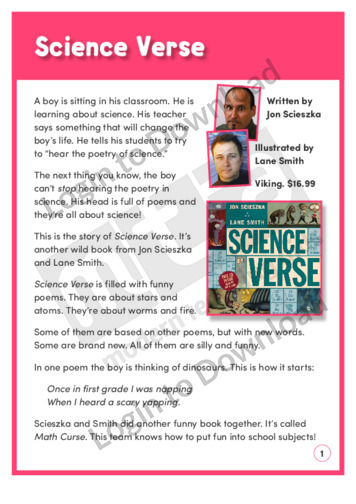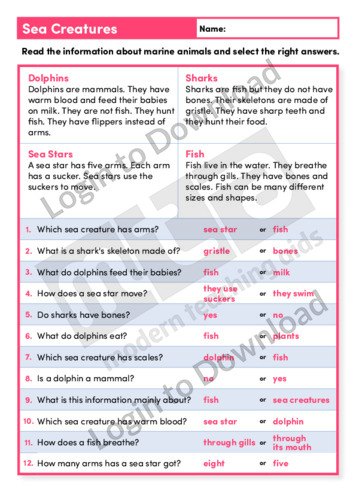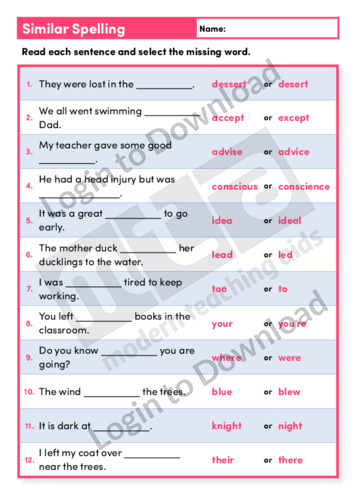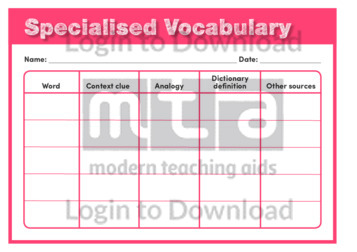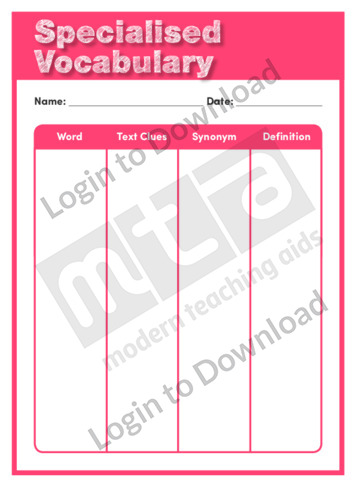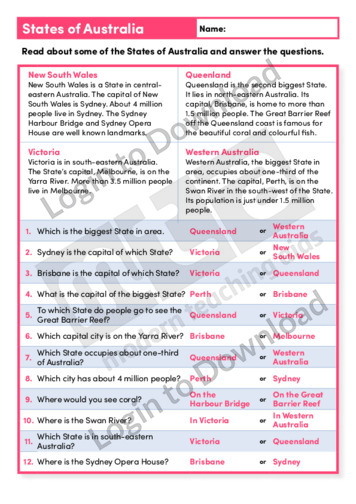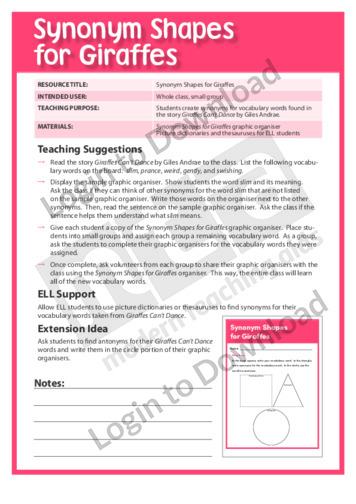This reading activity, ‘Adjectives’ provides opportunities for practice with using adjectives to describe nouns.
This graphic organiser, ‘Ballooning Vowel Pairs’ asks students to compare and explain the difference between words that contain the same vowel sounds, but have different vowel pairs.
This graphic organiser, ‘Ballooning Vowel Pairs for Bartholomew and the Oobleck’ asks students to differentiate between the ‘ew’ and ‘oo’ vowel pairs as they select appropriate words from the book Bartholomew and the Oobleck by Dr Seuss.
This reading activity, ‘Bikes and Cars’ provides opportunities for practice with reading advertisements and then completing the comprehension questions.
This reading activity, ‘Cloze’ provides opportunities for practice with choosing the missing words to complete the paragraphs.
This reading activity, ‘Cloze’ provides opportunities for practice with finding the appropriate bird vocabulary to fill the blanks.
This reading activity, ‘Collective Nouns’ provides opportunities for practice with finding the correct collective nouns for the groups of animals.
This reading activity, ‘Collective Nouns’ provides opportunities for practice with using collective nouns with their correct group of animals.
This reading activity, ‘Complete the Sentence’ provides opportunities for practice with reading about the States and Territories of Australia and finishing the sentences.
This graphic organiser, ‘Compounding the Problem’ asks students to recognise compound words in sentences, as well as understand that two words can be combined to form a compound word.
This graphic organiser, ‘Compounding the Problem for Read Alouds’ asks students to identify compound words as they are read aloud from a literature book, then break the words into their component parts, find their definitions, and use them in a sentence.
This spelling activity, ‘Correct Spelling’ provides opportunities for practice with selecting the correct spelling between two homophones to complete the sentences.
This spelling activity, ‘Correct Spelling’ provides opportunities for practice with correcting wrongly spelt words within sentences.
This spelling activity, ‘Correct Spelling’ provides opportunities for practice with identifying the correctly spelt word that fits in the sentences.
This graphic organiser, ‘Definition Blocks’ asks students to evaluate and select the correct definition for a word after it is used in a sentence.
This reading activity, ‘Definitions’ provides opportunities for practice with matching common words to their descriptions.
This reading activity, ‘Definitions’ provides opportunities for practice with matching common words to their descriptions.
This reading activity, ‘Definitions’ provides opportunities for practice with general vocabulary definitions.
This reading activity, ‘Definitions’ provides opportunities for practice with matching common words to their descriptions.
This reading activity, ‘Definitions’ provides opportunities for practice with general vocabulary definitions.
This spelling activity, ‘Final Letters’ provides opportunities for practice with correctly identifying the last letter in each word.
This reading activity, ‘Find the Word’ provides opportunities for practice with completing the sentence using visual prompts.
This graphic organiser, ‘Framed Thinking’ helps students to visually recognise relationships in a text and makes understanding difficult concepts easier.
This graphic organiser, ‘Framed Thinking for My Brother Sam Is Dead’ asks students examine the American Revolution from two perspectives after reading My Brother Sam Is Dead by James Lincoln Collier and Christopher Collier.
This reading activity, ‘Helping at Home’ provides opportunities for practice with reading about the things you can do at home and answering the questions.
This spelling activity, ‘Homophones’ provides opportunities for practice with selecting the correct spelling between two homophones.
This spelling activity, ‘Homophones’ provides opportunities for practice with selecting the correct spelling between two homophones.
This spelling activity, ‘Initial Letters’ provides opportunities for practice with recognising the first letter of simple words.
This spelling activity, ‘Match the Number and Word’ provides opportunities for practice with matching number words to their numerical forms.
This spelling activity, ‘Match the Word’ provides opportunities for practice with correcting wrongly spelt words within sentences.
This reading activity, ‘Match the Words’ provides opportunities for practice with finding the word to complete the sentence.
This reading activity, ‘Match the Words’ provides opportunities for practice with reading sentences and matching words.
This reading activity, ‘Match the Words’ provides opportunities for practice with reading sentences and matching words.
This reading activity, ‘Match the Words’ provides opportunities for practice with reading sentences and matching words.
This reading activity, ‘Matching Words ‘ provides opportunities for practice with reading sentences and recognising particular words within them.
This reading activity, ‘Missing Verbs’ provides opportunities for practice with using the picture to find the appropriate verb to complete the sentence.
This reading activity, ‘Missing Words’ provides opportunities for practice with selecting words to complete sentences.
This reading activity, ‘Missing Words’ provides opportunities for practice with reading and completing sentences within a story.
This reading activity, ‘Missing Words’ provides opportunities for practice with reading and completing sentences within a story.
This reading activity, ‘Missing Words’ provides opportunities for practice with finding the word to complete the sentence.
This reading activity, ‘Missing Words’ provides opportunities for practice with finding the word to complete the sentence.
This reading activity, ‘Missing Words’ provides opportunities for practice with finding the word to complete the sentence.
This reading activity, ‘Missing Words’ provides opportunities for practice with completing simple sentences.
This reading activity, ‘Missing Words’ provides opportunities for practice with reading and completing sentences within a story.
This reading activity, ‘Missing Words’ provides opportunities for practice with completing the sentences.
This reading activity, ‘One Word for Several’ provides opportunities for practice with using synonyms to replace the words within given sentences.
This content area reading learning activity, ‘Picture Dictionary,’ helps students use illustrations to determine word meanings. It is aimed at helping students with vocabulary development by having them use context clues.
This reading activity, ‘Questions’ provides opportunities for practice with reading about animals and their homes, then answering comprehension questions.
This reading activity, ‘Rhyming Words’ provides opportunities for practice with completing sentences through selection of the correct word.
This reading activity, ‘School Life’ provides opportunities for practice with reading about school life and choosing the correct answers.
This content area reading activity, ‘Science Verse’ is an English based reading comprehension exercise encouraging students to practise looking for clues to the meanings of words by looking closely at their context.
This reading activity, ‘Sea Creatures’ provides opportunities for practice with reading information about marine animals and answering the comprehension questions.
This content area reading activity, ‘Shaky Ground’ is a history based reading comprehension exercise encouraging students to practise looking for clues to the meanings of words by looking closely at their context.
This spelling activity, ‘Silent Letters’ provides opportunities for practice with finding the correct word to complete the sentences.
This spelling activity, ‘Similar Spelling’ provides opportunities for practice with selecting the correct spelling between two homophones to complete the sentences.
This graphic organiser, ‘Specialised Vocabulary’ supports the teaching of vocabulary, writing and science literacy by giving students a template for identifying specialised words for a topic.
This graphic organiser, ‘Specialised Vocabulary’ supports the teaching of vocabulary and comprehension by asking students to identify text clues and synonyms as they explore specialised vocabulary.
This reading activity, ‘States of Australia’ provides opportunities for practice with reading about some of the States of Australia and answering the questions.
This graphic organiser, ‘Synonym Shapes’ supports students to create synonyms for vocabulary words.
This graphic organiser, ‘Synonym Shapes for Giraffes’ supports students to create synonyms for vocabulary words found in the story ‘Giraffes Can’t Dance’
It�s that easy!

